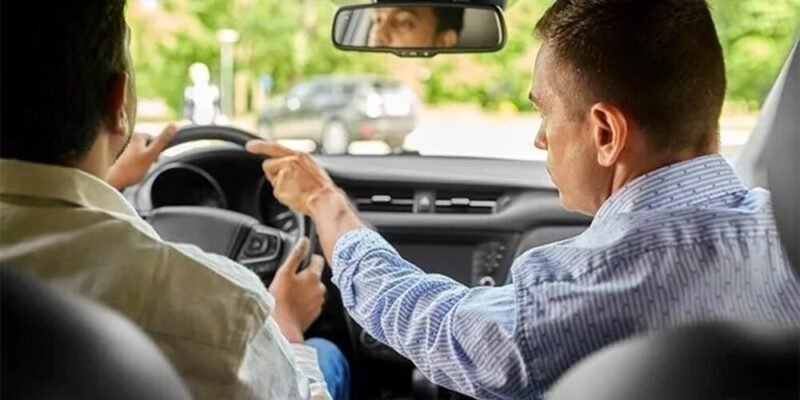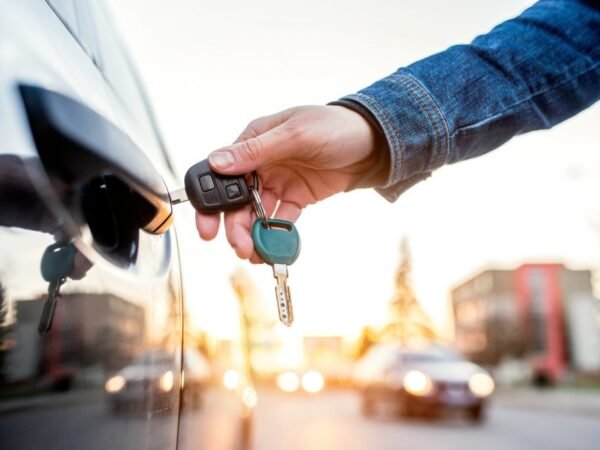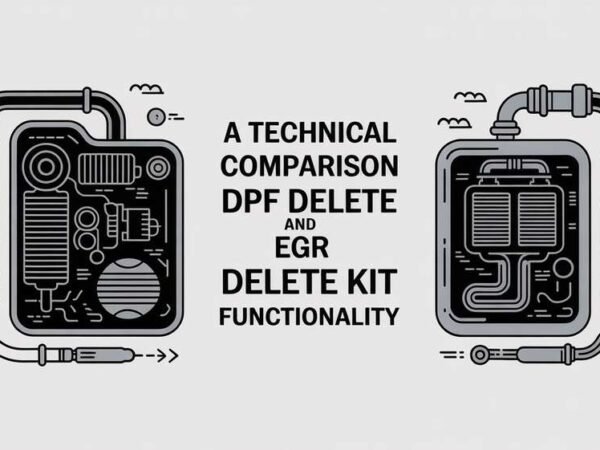The driving faculty education system in 2025 has seen a dramatic change and has been adapted to the incident protection, requirements, and expectations of future drivers. Online interactive courses using digital simulators and intelligent error evaluation systems help make learning more adaptable and efficient. The increased emphasis on trustworthy technology and the policies that govern electric automobiles has been an essential element of the education curriculum. Additionally, the real world now consists of more realistic situations, allowing students at motoring schools to be prepared for complex street situations. This article will examine the significant improvements that have altered the understanding of how faculties are used and made more aware of the ever-changing demands of future scenarios.
Requirements
The motoring education program includes a variety of skills and knowledge necessary for safe and secure riding. The program has a theoretical part that teaches future drivers their understanding of the Highway Code. Education allows studying visitors’ guidelines, highway protection basics, and the principles of responsible riding. Practical training will enable you to master the art of riding, maneuvering, parking, and driving in various road conditions. Particular attention is given to situations that require emergency brakes and the proper response to sudden challenges. Certified teachers now teach the basic technical elements of riding and essential mental abilities, such as paying attention and anticipating dangers that could arise on the road. After completing the education pathway, you pass the DVSA (Driver and Vehicle Standards Agency) exam to obtain a driving and driver’s license.
Theory Test
The driving idea includes the most fundamental concepts of secure vehicle management and interplay with the road. It is a matter of understanding the rules of the road as well as signs, indicators, and markings, as well as analyzing the Highway Code within the UK that regulates the rights and responsibilities of drivers. An essential aspect of education is the assessment of dangers (Hazard Perception), which permits drivers to react quickly to potential risks. Furthermore, the theory is a foundational understanding of car control and braking, clutch and control of guidance, making the driving experience more predictable and secure. This isn’t a requirement to pass the DVSA (Driver and Vehicle Standards Agency) test, but it is a sign that you are a responsible driver and are ready for any road conditions.
Start Basic Driving
Beginning your riding lessons with the tune is a secure and reliable way to learn the fundamental riding skills. In a closed environment, riders can become familiar with the controls and practice clean beginnings, precise braking, and precise use of the steering wheel. Track exercises also allow the building of confidence in apparent maneuvers like turns, lane adjustments, and parking with no distracting city traffic. Dunbartonshire driving instructors teach safe acceleration techniques and precise trajectory decision-making, providing an excellent foundation for future training on the public roads. The ability to master the basics in a controlled environment will make the learning process more streamlined and comfortable, and help drivers further develop their skills.
Driving Practices
The practice of driving is crucial in building self-confidence behind the wheel and in developing essential abilities. Practices that are easy to start, especially braking, cornering, and maneuvering, aid the motor strength in grabbing and driving through various roads. Closed-vicinity training allows you to safely practice emergency brakes or parallel parking and reverse, without getting distracted by the bustle of city traffic. It is essential to be aware of mistakes and constantly put more pressure on your tasks to create realistic scenarios in the workplace. Regular physical activity makes getting to know more efficient and reliable, speeding up the adjustment to riding neutrally.
Practice: Going Out to Town
A real-life lesson with Glasgow West End Driving lessons within the city is crucial to schooling, allowing the driver to adjust to the actual street conditions. Understanding the dynamic movements of people requires a steady control of the vehicle, a curiosity about markings and symptoms, and a more sociable interaction with pedestrians and other street users. Through practice, the driving force is taught to anticipate visitors’ needs, maintain an appropriate distance, and respond effectively to traffic at intersections, lights, and roundabouts. Additionally, the pleasure of driving in a tight space, including all rush hour traffic, or parking in an urban environment, can make the training more complete and in line with reality. These abilities aid in the motivation for a greater sense of confidence at the wheel and then build it up for successfully getting through the test.
Exams Preparation
The final driving test is the highest level of training and is the primary requirement for getting a driver’s license. The examination is performed by examiners who can examine the technical skills of driving a vehicle and the driver’s ability to respond to visitors’ needs. Drivers preparing for the future demonstrate the ability to adhere to site visitors’ rules as they park, drive, and maneuver when faced with difficult circumstances and stay clear of accidents. The most important aspect of the test is interaction with visitors to the site and police inspectors who evaluate the student’s level of education and the driving responsibilities. Passing the exam proves that the police force’s motive force has been able to operate independently, adhere to security regulations, and be responsible for visiting sites.
Commonly Asked Questions:
Would It Be Feasible to Study Remotely?
Yes, if the motoring academy has the technology to conduct webinars, reliable regulations can be used to analyze visitors’ laws and guidelines online.
What Is the Duration of the Course?
A complete schooling plan for a driver’s license can take between two and up to four months. Everything depends on the program and the student’s academic performance. If the student can master the entire range of tests, a driver’s license can be granted in between two and five months.
What Is the Process of Riding Schooling?
In the beginning, students study the basics of the court docket. Then, they receive training in the city.
What Should You Do if You Fail to Remember an Important Lesson?
All instruction is given according to the scheduled schedule. However, when studying online at a motoring school, you can view videos of previous lessons in your private account, where you can review the lesson and ask any questions you might have.
Do Read: Female Driving Instructors: Choosing Women Behind the Wheel













